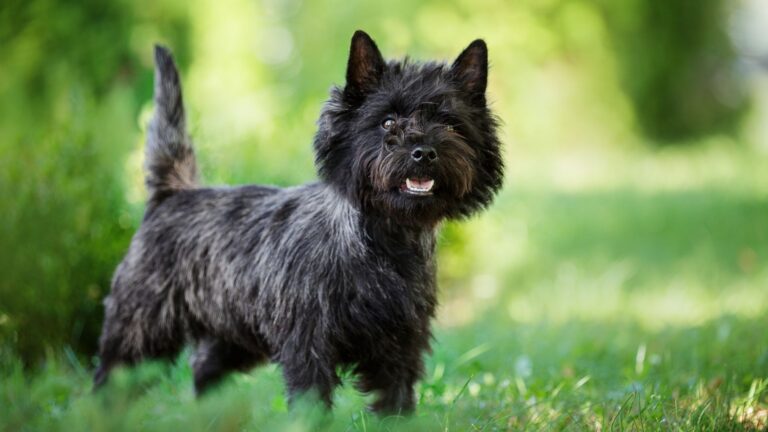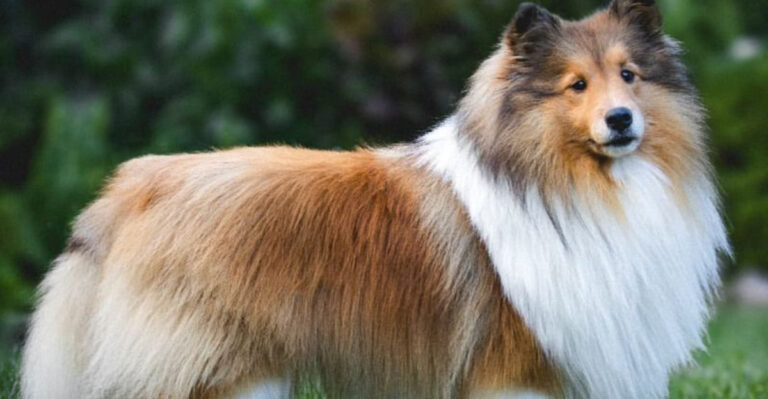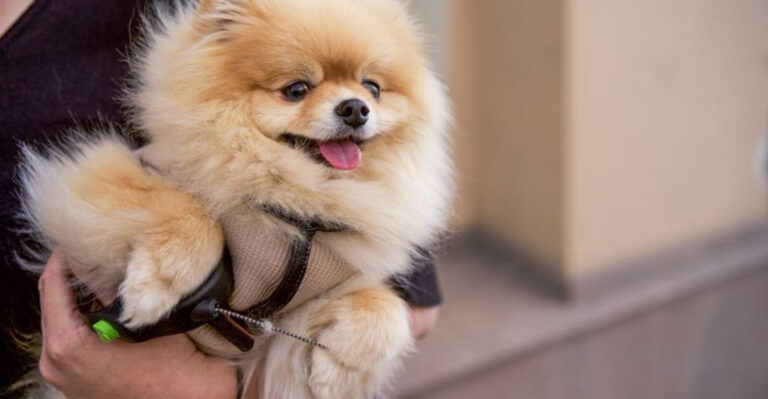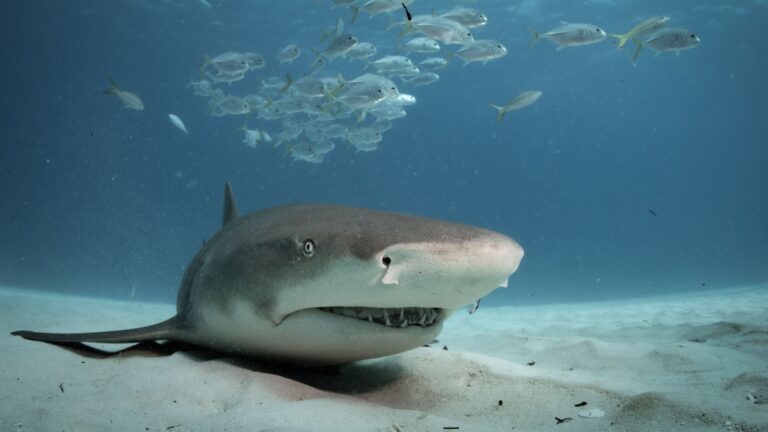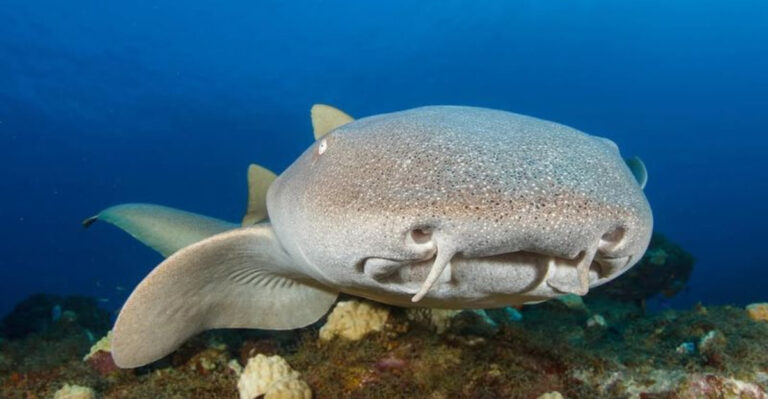14 Animals That Are Born Ready To Survive
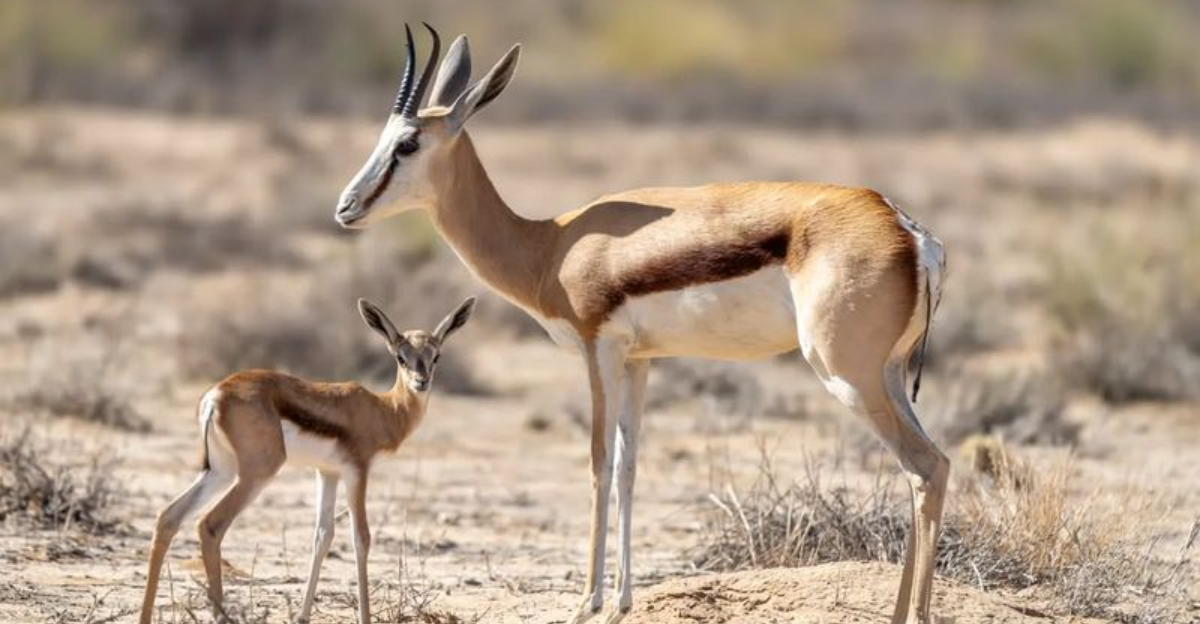
Have you ever wondered which animals come into this world with the skills to thrive right from day one?
Nature is filled with creatures that are born ready to tackle life’s challenges. From the moment they open their eyes, they are equipped with instincts and abilities that help them survive and thrive in their environments.
Let’s discover the fascinating world of these survival-ready animals!
1. Green Sea Turtle Hatchlings
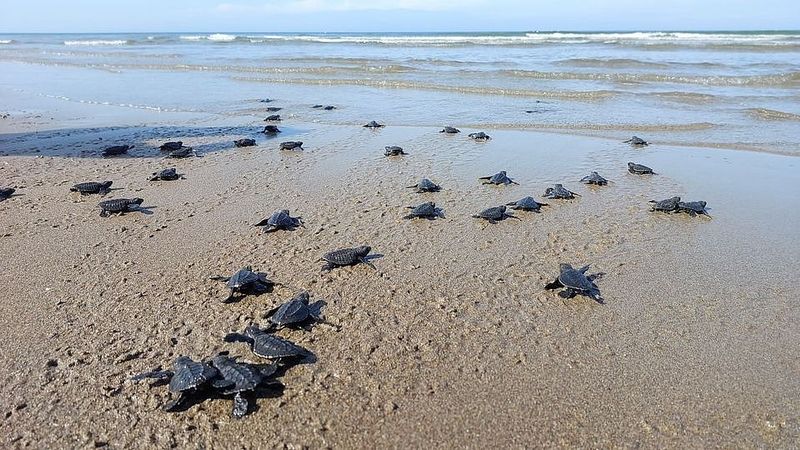
Green sea turtles hatch under the cover of night, emerging from sandy nests to face their first challenge – reaching the ocean. Their journey is fraught with dangers as they must dodge predators like birds and crabs.
Yet, these tiny adventurers are born with an instinct to head towards the brightest horizon, guiding them to the sea.
Once in the water, they swim tirelessly to reach deeper waters, away from coastal predators. Their start in life is a thrilling race for survival, showcasing resilience and determination.
Did you know? Only one in a thousand hatchlings will reach adulthood!
2. Wildebeest Calves
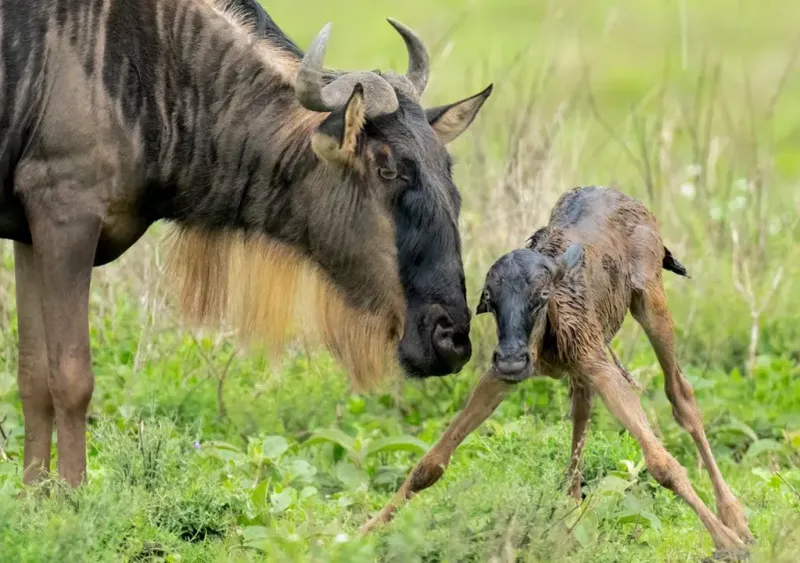
Within minutes of entering the world, wildebeest calves stand on wobbly legs, a critical skill for survival on the African savannah. Born during the great migrations, they must quickly learn to walk and run to keep pace with their mothers and the herd.
This ability helps them avoid predators like lions and hyenas, who are always on the lookout for easy prey. The calves’ quick adaptation to mobility is vital for their survival in the wild.
Interestingly, wildebeest calves can run faster than a human adult in just a few days after birth!
3. Emperor Penguin Chicks
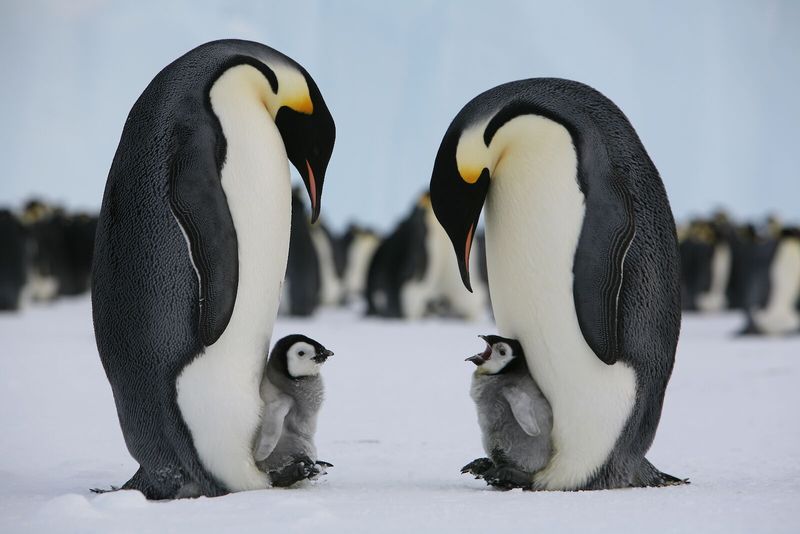
Emperor penguin chicks rely on their parents’ warmth to survive the harsh Antarctic climate. From the moment they hatch, they are kept cozy on their parents’ feet, protected by a brood pouch.
These chicks are born during the frigid winter months, when temperatures plummet, but they are naturally equipped with fluffy down feathers to insulate them against the cold.
Their resilience is remarkable, as they endure one of the most challenging environments on Earth.
4. Australian Brush Turkey Chicks
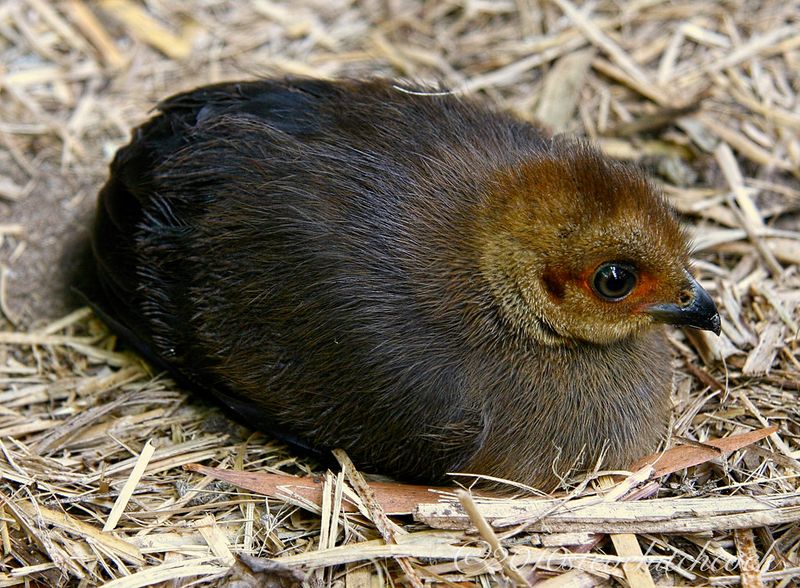
Australian brush turkey chicks hatch fully feathered and independent, ready to fend for themselves. Unlike many birds, they receive no parental care and must rely on instincts to survive. They are natural foragers, using their strong legs to scratch through leaf litter for food.
These chicks are born prepared, having incubated in warm, compost-like mounds built by their fathers. Their self-sufficiency is impressive, as they navigate the forest floor with confidence.
Did you know? These chicks are capable of flight within just a few hours of hatching!
5. Springbok Lambs
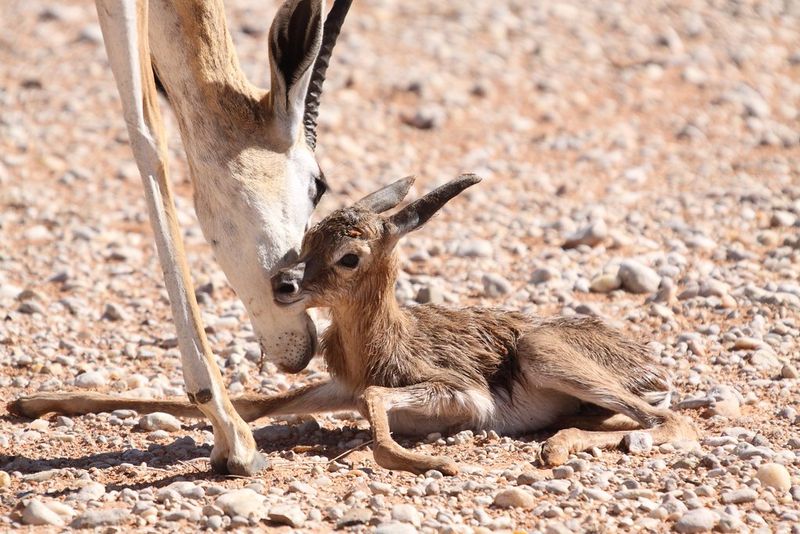
Springbok lambs are nature’s little jumpers, able to leap and run alongside their mothers soon after birth. This agility is essential for evading predators in the open grasslands of South Africa.
Their natural instinct to prance and spring aids in their survival, making it difficult for predators to catch them.
These lambs are a joy to watch, as they bounce with enthusiasm and energy. Their ability to blend into the herd and move quickly is vital for their early life protection.
Fun fact: Springboks are known for their spectacular leaps, which can reach up to 3 meters in height!
6. Precocial Ducklings
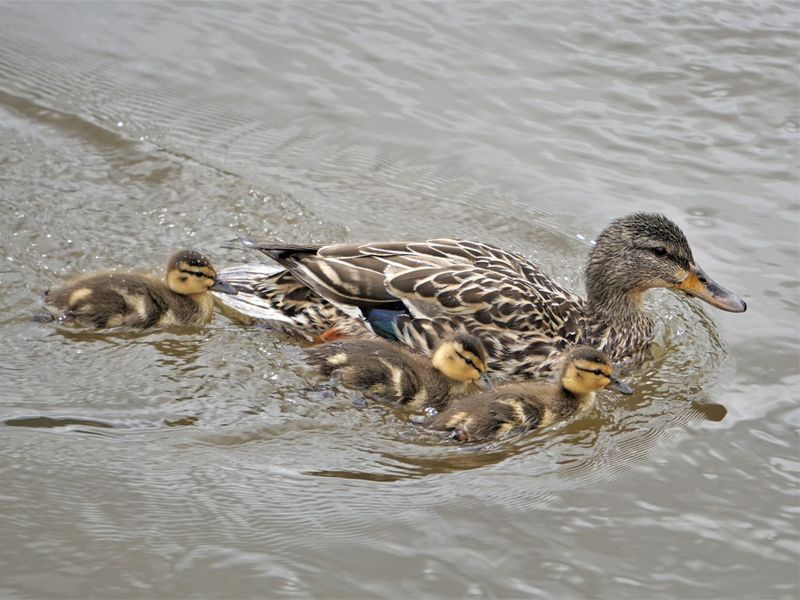
Ducklings are born precocial, which means they hatch with their eyes open and are ready to follow their mother almost immediately.
Their fluffy down feathers keep them warm, while their innate ability to swim helps them stay safe near water. These adorable little ones are quick learners, adapting to their environment with ease.
They trail their mother, learning essential survival skills such as foraging and avoiding predators. Their synchronized movements are not just cute; they’re key to their defense mechanism in the wild.
Did you know? Ducklings can swim within hours of hatching!
7. Gazelle Fawns
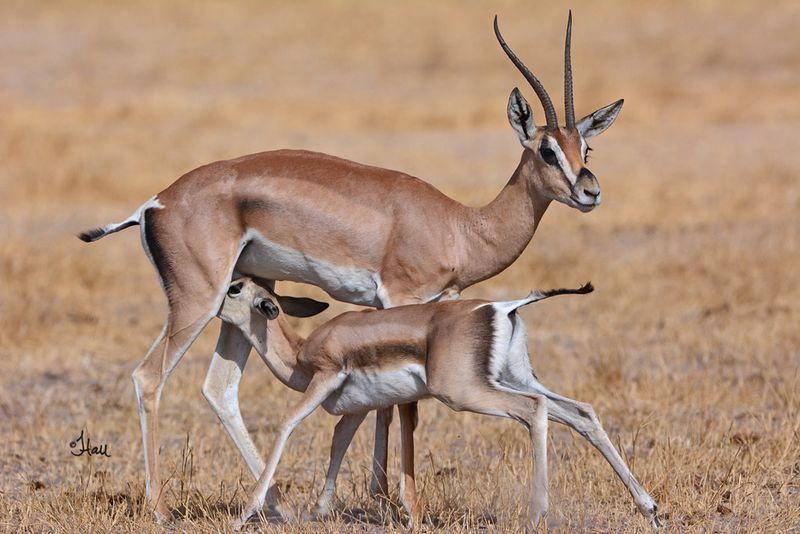
Gazelle fawns start life with the remarkable ability to hide effectively from predators. Born into the vast plains, these fawns instinctively remain motionless in tall grass to avoid detection by predators.
This natural camouflage is a lifesaver, as predators like cheetahs and lions prowl the Savannah.
In a few days, they are up and running, able to keep up with the herd. Their survival strategy is a blend of patience and speed, crucial for life in the wild.
Interestingly, some gazelle fawns can outrun a horse within weeks of birth!
8. Mountain Goat Kids
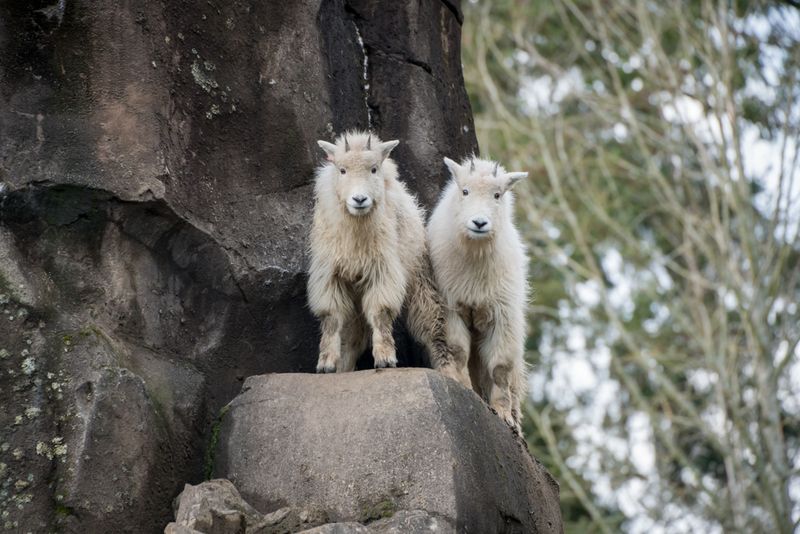
Mountain goat kids are born climbers, taking to the steep and rocky terrains of their alpine homes with ease. Shortly after birth, these agile creatures can navigate the rugged cliffs, following their mothers closely.
Their hooves are specially adapted for gripping onto rocky surfaces, providing stability and balance. This climbing ability is essential for escaping predators and searching for food in challenging environments.
The sight of these young goats effortlessly scaling heights is a testament to their survival instincts.
9. Ostrich Chicks
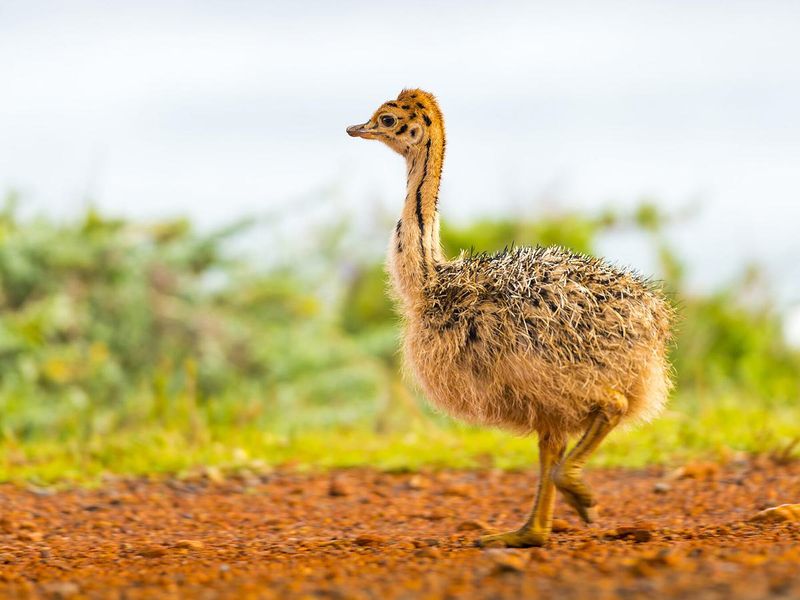
Ostrich chicks are born into a world of vast horizons and immediate dangers.
However, they are not just ordinary chicks – they hatch with a keen sense of awareness and the ability to run within hours. Following their parents across the plains, they learn to forage and avoid predators quickly.
Their long legs and powerful strides make them formidable runners, capable of speeds that rival adult ostriches within a few weeks. These chicks are a marvel of nature, showcasing resilience from day one.
Did you know? Ostriches are the fastest two-legged animals on the planet!
10. Harp Seal Pups
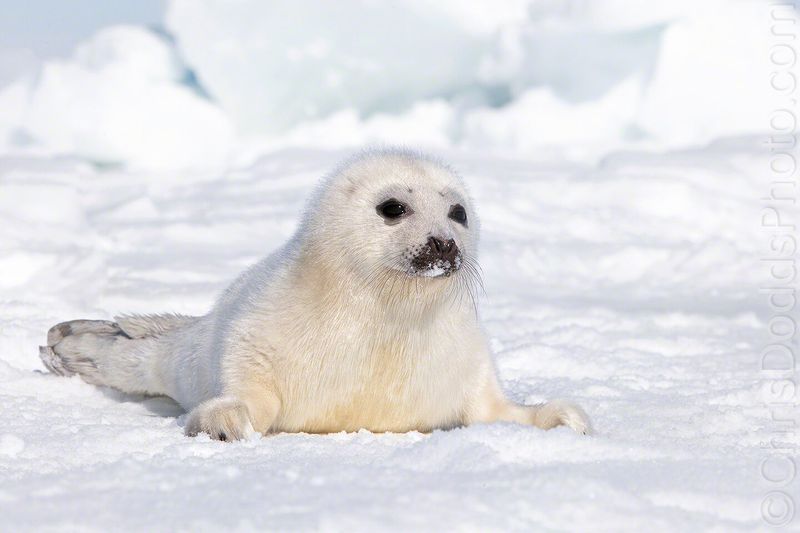
Harp seal pups are born on the icy landscapes of the Arctic, where survival is a chilling challenge. With their white, fluffy coats, they blend into the snowy surroundings, offering protection from predators.
These pups are nursed with rich milk, helping them build a thick layer of blubber essential for insulation.
Despite the harsh climate, they are well-equipped to thrive, relying on their instincts and warmth provided by their mothers. Their early days are spent building the strength needed for life in frigid waters.
Fun fact: Harp seal milk is among the richest of any mammal!
11. Red Kangaroo Joeys

Red kangaroo joeys are unique from the get-go, born underdeveloped and making their way to their mother’s pouch to continue growing.
Safe in the pouch, they nurse and develop for several months, emerging as curious young adventurers. These joeys peek out and observe the world, learning from their mothers.
As they grow, they practice hopping, a skill vital for evading predators in the vast Australian outback. Their growth journey is one of resilience and adaptation, showcasing nature’s wonders.
Did you know? A mother kangaroo can have three joeys at different stages of development at once!
12. Quail Chicks

Quail chicks are tiny bundles of energy, hatching with the ability to scurry and forage almost immediately. These ground-dwelling birds rely on speed and agility to evade predators.
The chicks follow their parents closely, learning essential survival skills. They are masters of camouflage, blending into their surroundings with ease.
Their rapid development is a testament to their survival strategy, as they grow quickly and learn the ways of the wild.
Fun fact: Quail chicks can fly short distances within just a few weeks of hatching!
13. Plains Zebra Foals
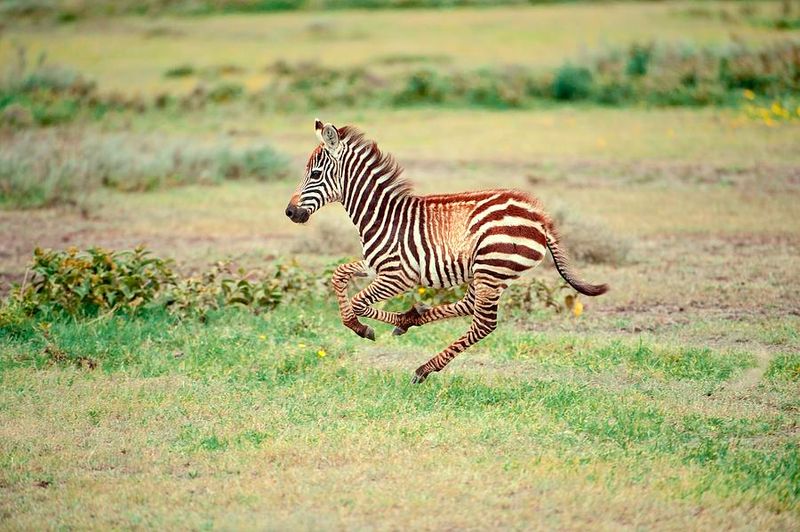
Plains zebra foals are born into the vibrant landscapes of Africa, where survival is a race against time. Within an hour, these striped babies can stand and even run, crucial for staying with the herd and avoiding predators.
Their distinctive stripes are not just for looks – they provide camouflage and confuse predators. These foals are quick to bond with their mothers, ensuring they stay close for protection.
Their ability to adapt quickly is a key to their survival in the wild.
14. Guinea Fowl Keets
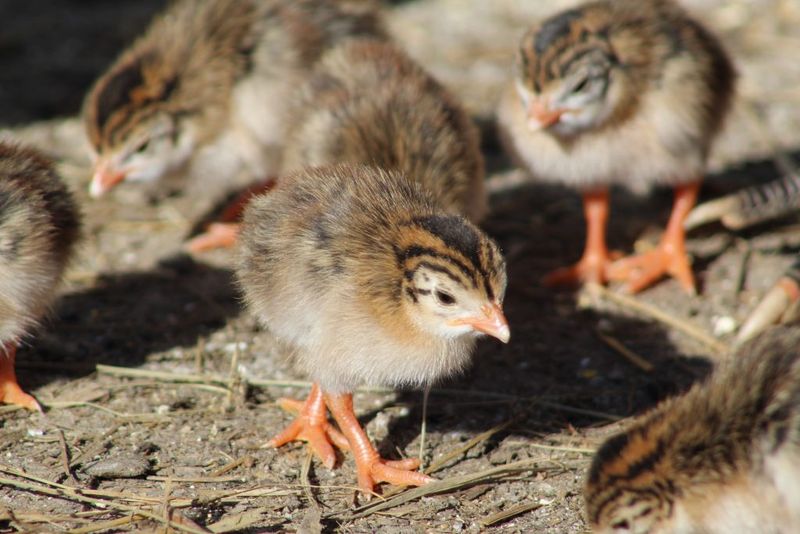
Guinea fowl keets are born ready to thrive in farmyards and wild spaces alike. These pint-sized adventurers hatch with the instinct to forage and follow their flock.
Their speckled feathers provide excellent camouflage, protecting them from predators. Keets are known for their social nature, sticking together and learning survival tricks from older guinea fowls.
They grow rapidly, developing strong legs that aid in quick escapes. Their adaptability and group dynamics are key to their success.

